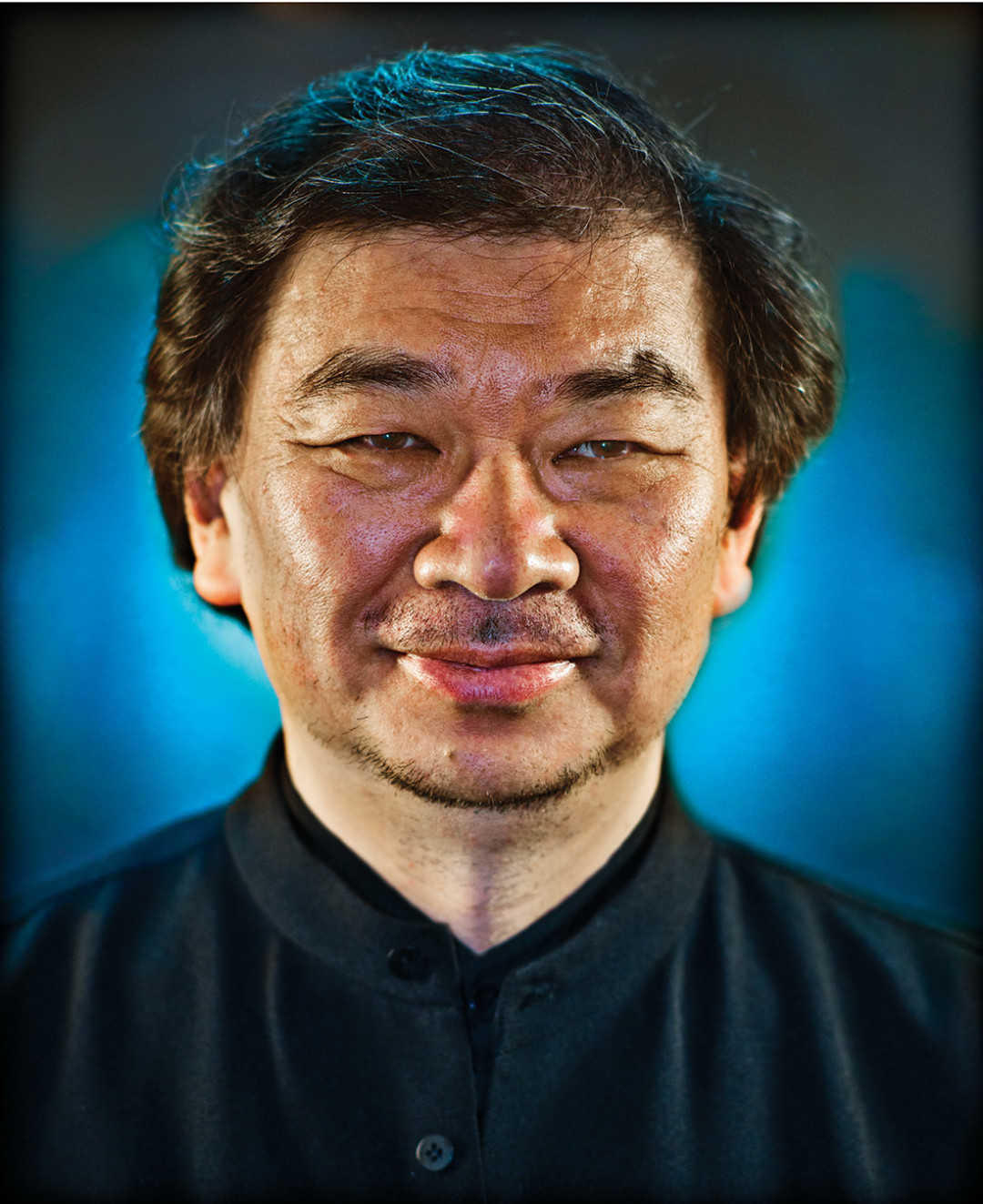Architect for Humanity

Image: Karl Wolfgang
Whether with his temporary disaster shelters or the new Aspen Art Museum, Shigeru Ban looks to bring people comfort and light.
Aspen Sojourner: In June you were awarded the Pritzker Architecture Prize, considered your profession’s highest honor. How significant was receiving the award for you?
Shigeru Ban: I was very surprised, because I thought I had not reached such a level.
A.S.: The jury citation praised the full range of what you do—your work for private clients, the museums you’ve designed, your use of unconventional and recycled materials—as well as the shelters you have created for victims of natural disasters around the world. Why is the disaster work important to you?
S.B.: Working only for privileged owners is not enough for me, because we are visualizing their power and money—which are invisible—by building monumental architecture. So I wanted to use my experiences and knowledge for the general public and even for people who have lost their homes.
A.S.: Why the disaster victims specifically?
S.B.: These people are very damaged mentally. They normally have temporary housing that is built by the government, and the government is not looking for comfort or beauty. But I think it is very important to give some comfort and beauty, especially for the people who will be filling the shelters with their families—to encourage them. I am also doing it for myself, to make my mental balance better by building for privileged people and for someone who is in need.
A.S.: Did a consideration for the general public inform your design choices for the new Aspen Art Museum?
S.B.: Yes, I wanted to make a design for the museum that was very, very public, not only for the people who enjoy the arts.
A.S.: How is that evident in the new building?
S.B.: Normally, the priority of a museum is not to open to the outside; it’s usually more of an interior-oriented space. But this is definitely more of an exterior-oriented space, which is very unusual. I thought of the people who might want to come up to the rooftop to enjoy the view and then come down afterwards to see some art. This is like your experience of skiing: You take a lift to the top of the mountain and enjoy the view before skiing down. I thought this was very appropriate for Aspen.
A.S.: You put significant emphasis on the rooftop?
S.B.: Yes, yes. This rooftop is very, very unique. This solution can only be done here at this particular site in Aspen. Normally the priority of a museum is not to enjoy the view. No other museum in the world has such a space.
A.S.: One of your temporary disaster shelters will be among the museum’s opening exhibits. Does your humanitarian work influence anything about your museum designs?
S.B.: No. They’re totally different.
A.S.: Are there any design truths that do carry over from the different projects?
S.B.: Comfortable spaces make people happy whether they’re expensive or not. When people living in a disaster shelter say, “I don’t want to move out from this place”—that makes me very happy. Comfort is not determined by how much is spent. Having natural light, some cross ventilation, that’s most important for comfort.
A.S.: Is there a lot of natural light in the new museum space?
S.B.: The second-floor gallery has some sky light, and there is natural light in the foyer and the corridors.
A.S.: Does the translucent paper that screens the stairs create the same effect?
S.B.: That’s a very important space. It is very important to have that in-between space, between inside and outside. People are more comfortable in that space.
A.S.: And the reused and unconventional materials—there are elements within the museum that you are known for, like paper tubes—what’s the motivation there?
S.B.: Well, I just hate to waste things. I came up with this idea of using paper tubes made of recycled paper in 1986, before people even started talking about recycling. So it’s not about a shortage of environmental resources; it’s just that I want to use the materials that are already all around us—anything can be beautiful. And when we use a material that is more of a limit, I can take advantage of that limitation. It is a way to create something different. Sometimes freedom doesn’t help in making something creative.













































